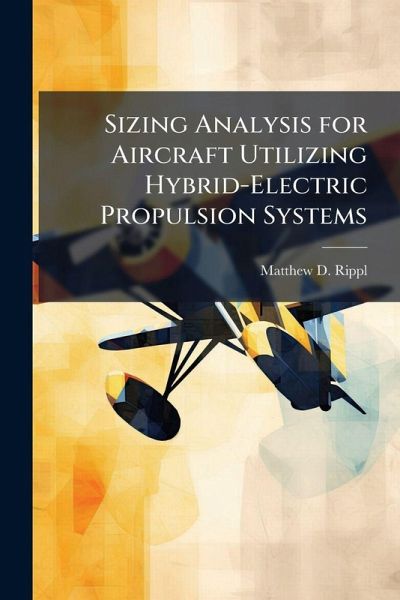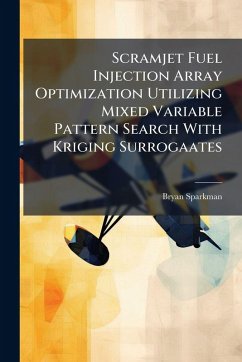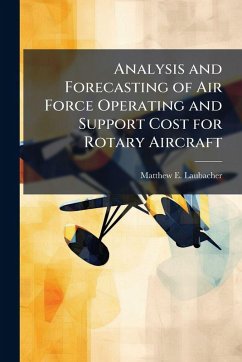
Sizing Analysis for Aircraft Utilizing Hybrid-Electric Propulsion Systems
Versandkostenfrei!
Versandfertig in über 4 Wochen
17,99 €
inkl. MwSt.
Weitere Ausgaben:

PAYBACK Punkte
9 °P sammeln!
Current conceptual aircraft design methods use historical data to predict and evaluate the size and weight of new aircraft. These traditional design methods have been ineffective to accurately predict the weight or physical dimensions of aircraft utilizing unique propulsion systems. The mild hybrid-electric propulsion system represents a unique design that has potential to improve fuel efficiency and reduce harmful emissions. Hybrid-electric systems take advantage of both reliable electric power and the long range/endurance capabilities of internal combustion engines. Desirable applications in...
Current conceptual aircraft design methods use historical data to predict and evaluate the size and weight of new aircraft. These traditional design methods have been ineffective to accurately predict the weight or physical dimensions of aircraft utilizing unique propulsion systems. The mild hybrid-electric propulsion system represents a unique design that has potential to improve fuel efficiency and reduce harmful emissions. Hybrid-electric systems take advantage of both reliable electric power and the long range/endurance capabilities of internal combustion engines. Desirable applications include general aviation single-engine aircraft and remotely-piloted aircraft. To demonstrate the advantages of mild hybrid-electric propulsion, a conceptual design code was created that modified conventional methods. Using several case studies, the mild hybrid conceptual design tool verified potential fuel savings for general aviation aircraft and expanded mission capability for remotely-piloted aircraft. This work has been selected by scholars as being culturally important, and is part of the knowledge base of civilization as we know it. This work was reproduced from the original artifact, and remains as true to the original work as possible. Therefore, you will see the original copyright references, library stamps (as most of these works have been housed in our most important libraries around the world), and other notations in the work. This work is in the public domain in the United States of America, and possibly other nations. Within the United States, you may freely copy and distribute this work, as no entity (individual or corporate) has a copyright on the body of the work. As a reproduction of a historical artifact, this work may contain missing or blurred pages, poor pictures, errant marks, etc. Scholars believe, and we concur, that this work is important enough to be preserved, reproduced, and made generally available to the public. We appreciate your support of the preservation process, and thank you for being an important part of keeping this knowledge alive and relevant.












